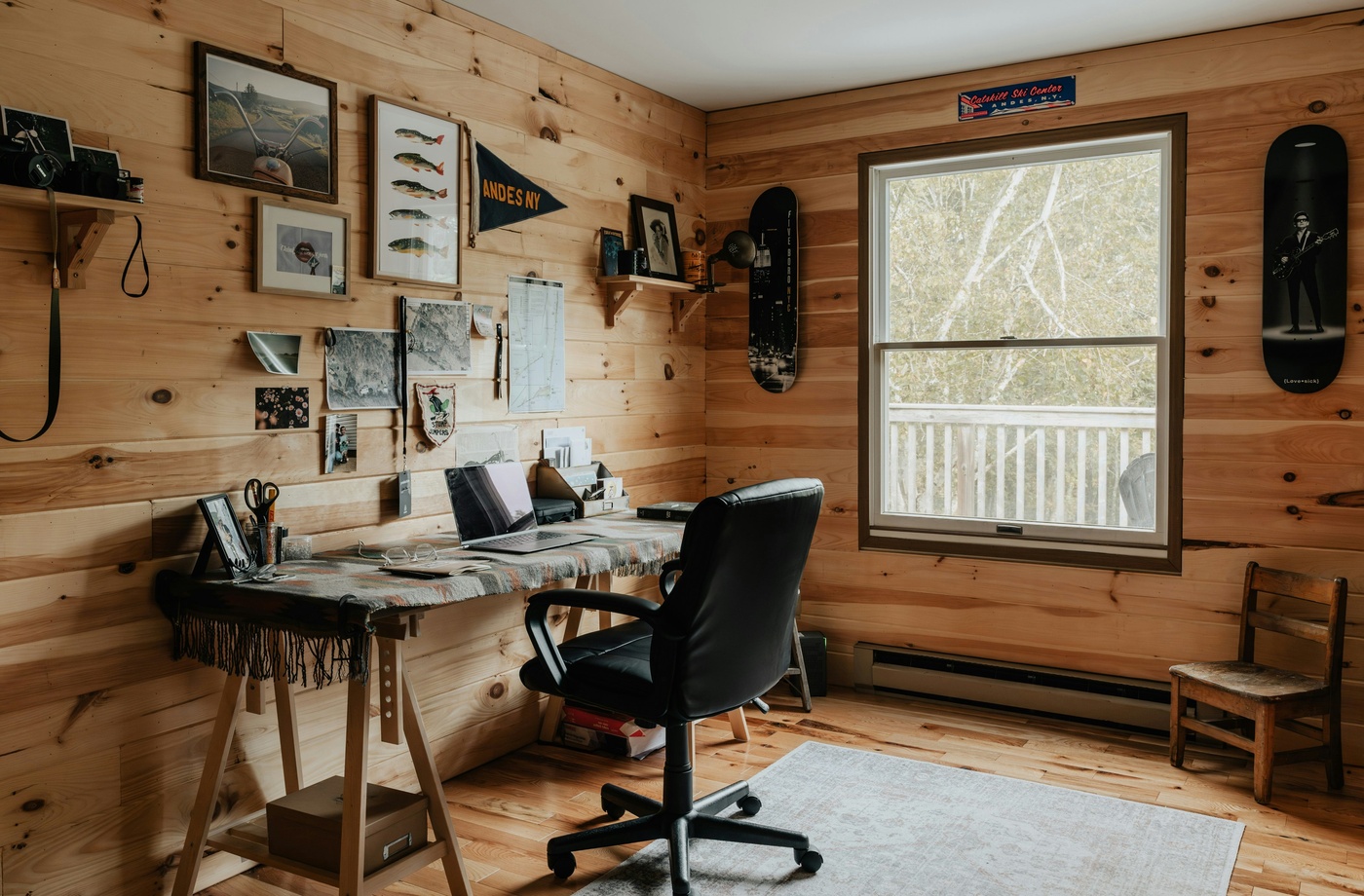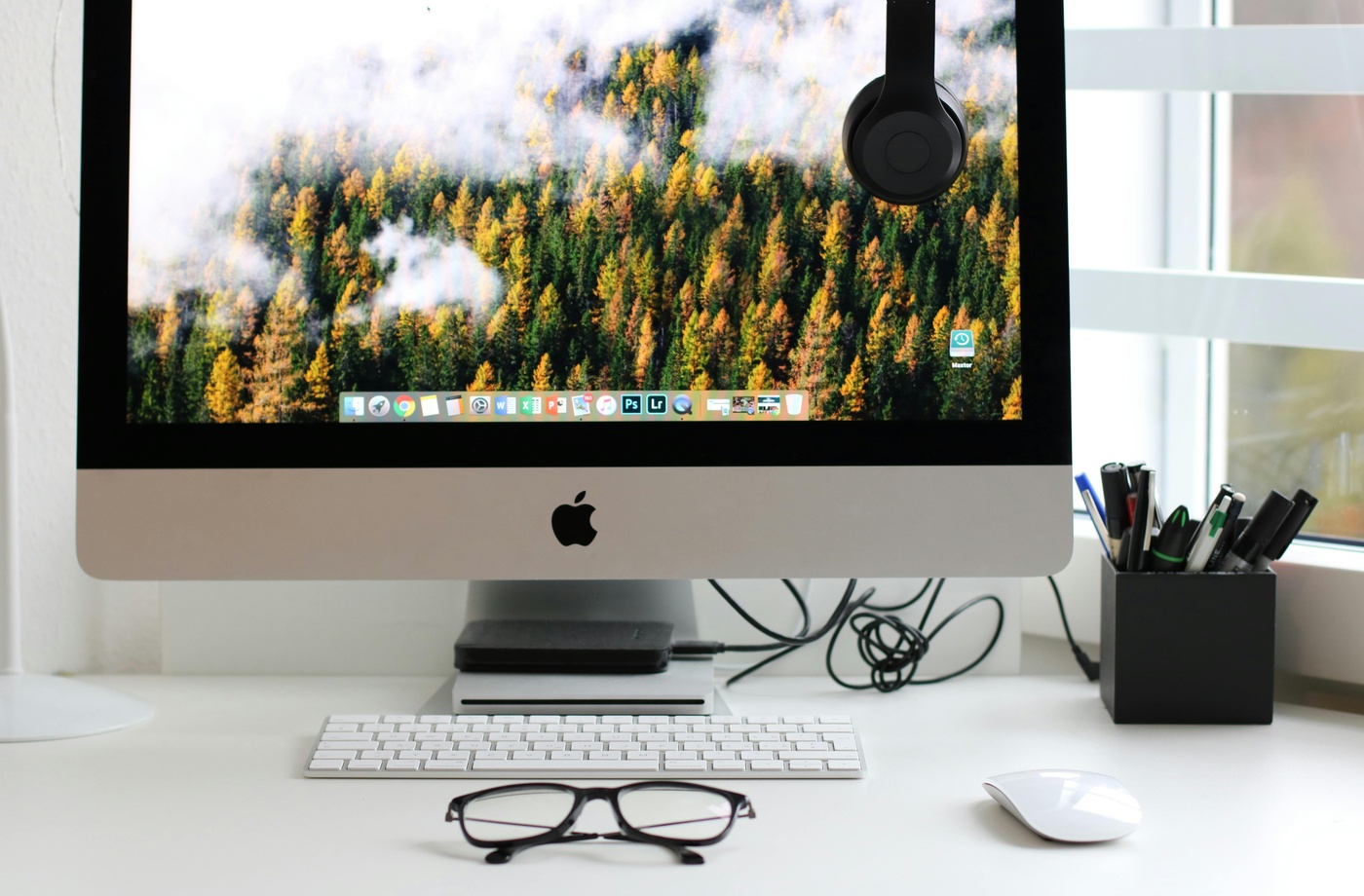Building a workspace that supports focus and productivity doesn’t have to be expensive. Whether you’re designing a home office or optimizing a small business setup, a well-planned environment can boost efficiency while minimizing costs. This guide explores how to design a productive office without overspending.
Start with a Functional Layout
Before buying anything, evaluate your space and map out a layout that encourages workflow. Position your desk near natural light, allow walking space, and designate zones for specific tasks (e.g., computer work, printing, filing). This step saves money by preventing unnecessary purchases.
Invest in the Right Desk and Chair
You don’t need to splurge to find ergonomic options. Retailers like Wayfair, Walmart, and IKEA offer affordable desks and chairs designed for comfort and support. Prioritize adjustability and back support in chairs—your body will thank you.
Use Vertical Storage to Save Space
Opt for wall-mounted shelves or tall bookcases to keep your floor space open and clutter-free. Target and Home Depot offer budget-friendly storage solutions that look clean and professional.
Choose Lighting That Works for You
Natural light is ideal, but when that’s not possible, use LED desk lamps with adjustable brightness. Energy-efficient lighting improves concentration and reduces eye strain. Check Amazon for highly rated budget options.
Decorate with Purpose
Add a few personal touches, but avoid overcrowding your desk. A small plant, framed quote, or pinboard can enhance your mood without distracting from your tasks.
Use Cashback to Stretch Your Budget
Platforms like Fluz help you extend your office budget further. You can buy a Staples gift card with cashback or earn rewards with an Office Depot gift card to reduce your real cost without compromising quality.
DIY Where It Makes Sense
If you’re handy, repurpose furniture or add custom storage with low-cost materials. YouTube is full of DIY office upgrade tutorials that can inspire practical and attractive solutions.



